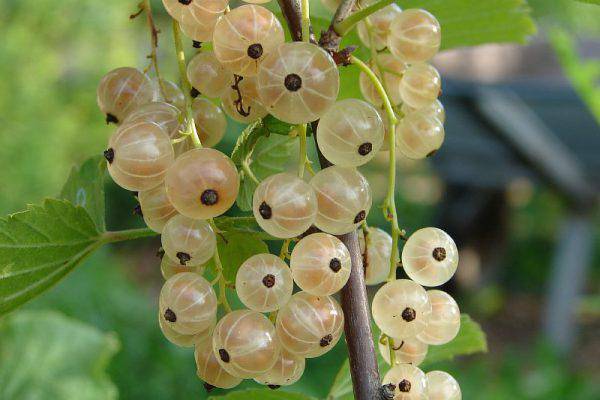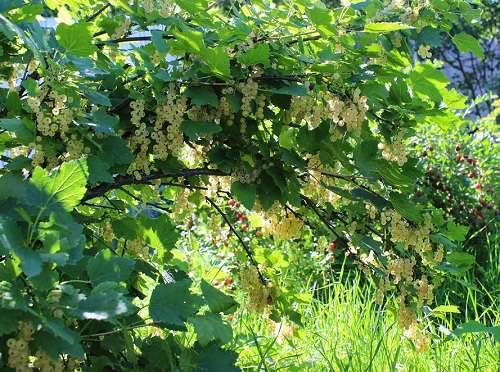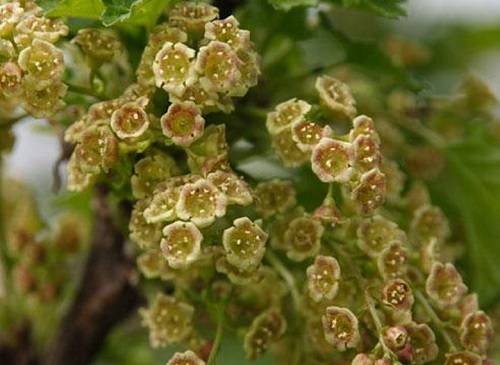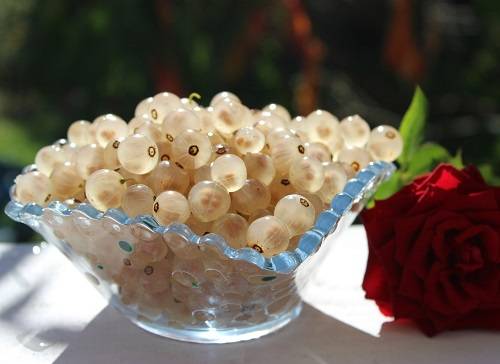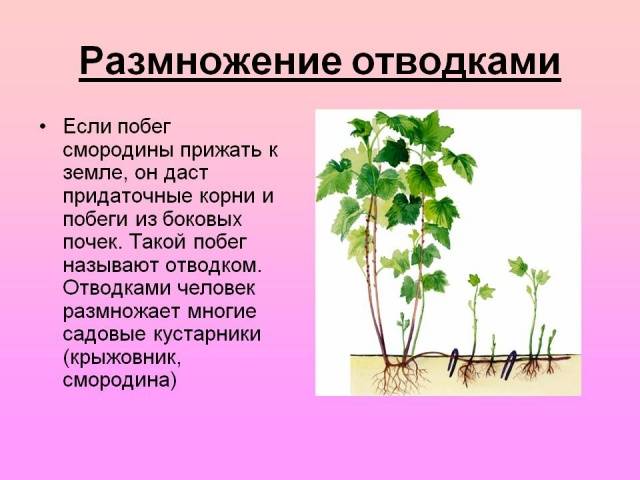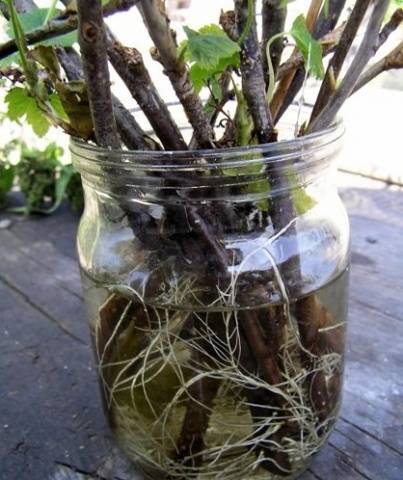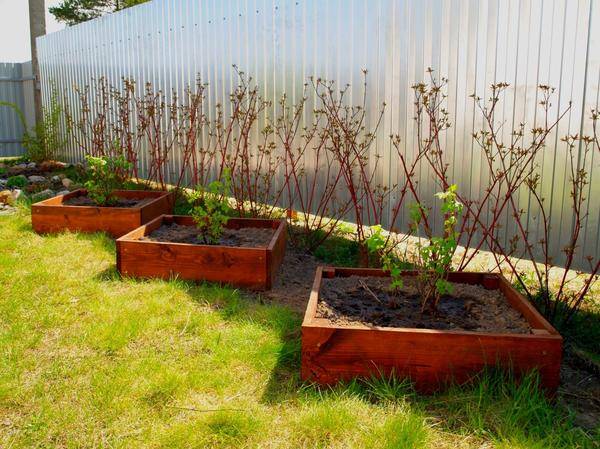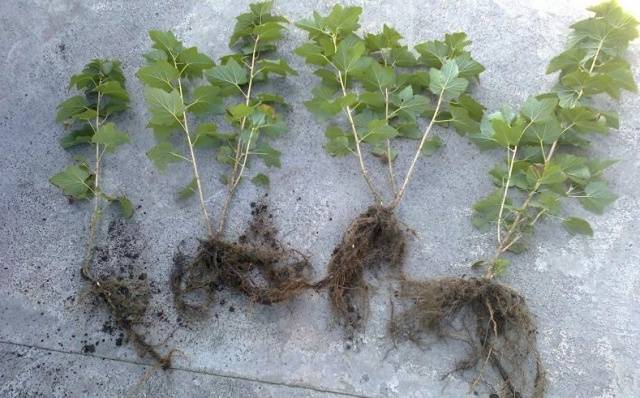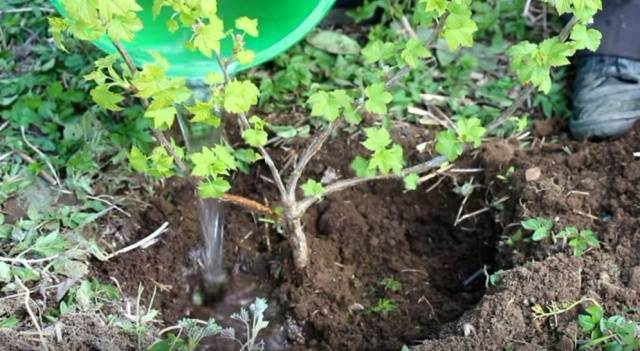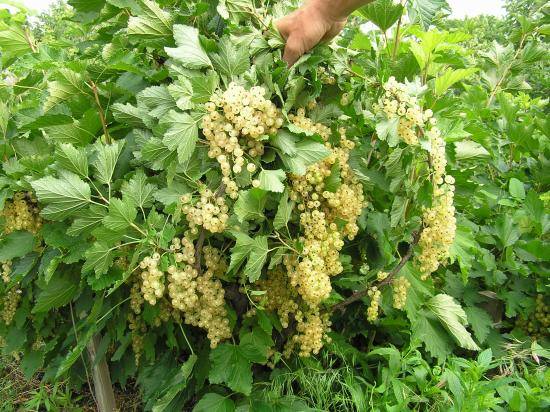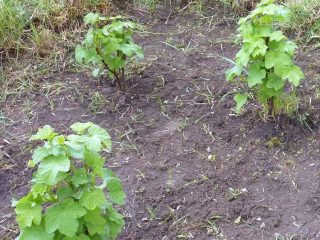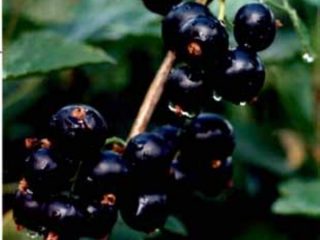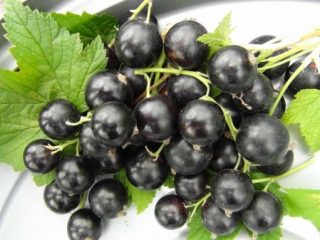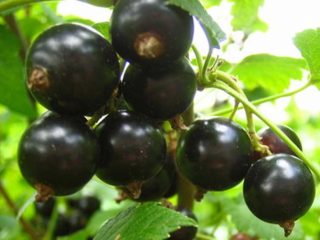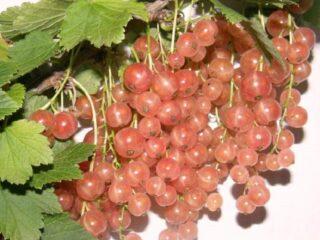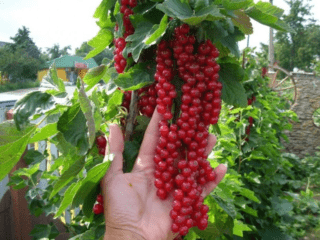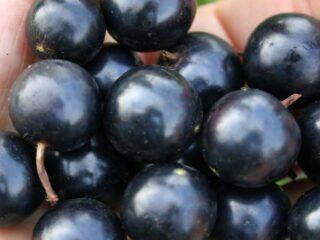Content
Many Russians prefer to grow currants with berries of different colors on their plots. Versailles white currant is one of our favorite varieties. The authors are French breeders who created the variety back in the nineteenth century. The variety came to Russia in the last century. In 1959, currants were included in the State Register and recommended for cultivation in a number of regions:
- Northwestern and Central;
- Volga-Vyatka and Central Black Earth;
- Middle Volga and Ural.
Description and characteristics
It is difficult to understand the features of the Versailles currant variety without descriptions, photos and reviews from gardeners. It is by the external signs of bushes, leaves and berries that plants can be recognized.
Bushes
White currant from French breeders belongs to early ripening varieties and is distinguished by a well-developed root system. Horizontal (lateral) roots are located at a depth of 40 cm and are capable of growing beyond the crown. The central root goes to a depth of more than a meter.
The bushes are erect, the height of the mature Versailles white currant variety is from 120 to 150 cm. There are not too many shoots, but they have a drawback - they do not have much growing power.
The dark green leaves with a bluish tint are large, with five lobes. The lower part of the leaf blade has fine pubescence. The edges of the leaves on white currants have short, blunt teeth.
Flowers and berries
White currant Versailles is a high-yielding variety. During flowering, yellowish-white bells bloom on long racemes (see photo). Flowers, and then berries, sit on long straight petioles.
The fruits are large, up to 10 mm and weighing up to 1.3 grams. This is clearly visible in the photo. With good agricultural technology, you can collect up to 4 kg of round berries from a bush. Fruits with dense, transparent skin, soft cream color and sweet and sour pulp. According to descriptions and reviews from gardeners, ripening berries on white Versailles currants are firmly attached to the petioles and do not fall off.
Due to its thick skin, white currants of the Versailles variety tolerate transportation well. The plants are frost-resistant and have good immunity. Caring for currants of this variety is no more difficult than caring for other berry bushes.
Reproduction methods
White currants of the Versailles variety are propagated in the same way as other varieties:
- layering;
- cuttings;
- dividing the bush.
Let's consider all the methods in detail.
Layerings
This method for white currants of the Versailles variety is the most common and reliable:
- Early in the spring, before the movement of juice begins, a groove 10 centimeters deep is dug around the most prolific currant bush. Fertile soil is brought into it.
- Then several one-year or two-year-old shoots are selected and bent down, leaving the top at the top. Secure the stem with metal staples. Sprinkle soil on top and water well.
- After some time, the white currant will take root and shoots will appear.
- When it grows to 10 cm, hilling is carried out until the middle of the shoot.
- After 14-18 days, future seedlings are again hilled up to half their height. The soil should not be allowed to dry out.
By autumn, full-fledged white currant seedlings of the Versailles variety grow on the layering, which can be transplanted to a permanent place or to a separate bed for growing. Plants grown from cuttings begin to bear fruit at 2-3 years.
Cuttings
The Versailles white currant variety can be propagated by cuttings. They are cut in February from one-year or two-year-old shoots located in the middle of the bush. The branches should be no thinner than a pencil. A cutting with 5 or 7 buds is cut to a length of 18-20 centimeters. The cuts are made obliquely and sprinkled with wood ash. The lower part of the currant petiole is placed in water to obtain a root system.
As the weather warms up currant cuttings Versailles white is placed on a bed in loose soil at an angle of 45 degrees. Plastic jars are placed on top to create a greenhouse. The seedlings are planted in a permanent place from the nursery after two years.
Planting currants
According to gardeners, the best time to plant white currants is early September. The plants will have enough time to take root and prepare for winter. You can, of course, start working in the spring, before the buds begin to swell.
Selecting a location
For planting, choose a well-lit area where cold winds do not dominate. The best place for the Versailles variety is along a fence or against the wall of buildings.If the groundwater in the area comes close to the surface, you will have to lay out good drainage or plant seedlings in high beds.
The hole for currants should be at least 40 cm deep and about half a meter in diameter. When digging, the soil is stored on one side; it will be needed later. Manure and 500 ml of wood ash are added to the ground. Everything is mixed.
Preparation and planting of seedlings
Before planting, you need to carefully inspect the seedlings for damage. If the roots are long, then they are shortened to 15-20 cm. It is advisable to soak seedlings with an open root system for a day in a growth stimulator (according to the instructions) or in a honey solution. One tablespoon of sweetness is added to a bucket of water.
Planting stages:
- A hole filled with soil is filled with water and allowed to soak in.
- Then the seedling is placed at an angle of 45 degrees. The immersion depth of the currant should be seven centimeters lower than it grew before planting.
- After sprinkling with soil, the white currant bush is again watered abundantly. This is necessary so that air can escape from under the roots. In this case, adhesion to the soil will be higher, and the seedling will begin to grow faster.
- When the water has been absorbed a little, the top is again sprinkled with fertile soil and mulch. The moisture will last longer.
- Immediately after planting, the white currant seedling is pruned. Shoots no more than 15 cm with 5-6 buds are left above the surface.
Inexperienced gardeners often omit such an operation as pruning, as a result they greatly weaken the seedling.After all, the plant has to make a double effort: to build up the root system and “maintain” the above-ground part. As a result, poor development of existing branches and a small increase in replacement shoots.
White currant bushes planted in the fall must be earthed up; a layer of humus or compost is poured into the tree trunk circle to protect the root system from freezing.
Features of care
White Versailles currant, as stated in the description, does not have any special requirements when growing. Caring for plantings comes down to traditional activities:
- timely watering and weeding weed;
- surface loosening of soil and fertilizing;
- pruning and preventive treatment of bushes against diseases and pests.
Watering
The Versailles variety, like other varieties of white currants, loves abundant watering. Lack of moisture reduces the rate of development, which subsequently negatively affects the size and taste of berries and reduces yield.
Abundant or moisture-recharging watering is carried out twice: in the spring, when the plants wake up, and in the fall. Plants require a large amount of water during flowering and when berries are filling. Otherwise, flowers and fruits may fall off.
To understand that the currants have enough water, you can take measurements. If the soil is moistened 40 centimeters deep, then the plant has enough moisture. As a rule, 2-3 buckets are required for one watering, depending on the power of the bush. It is best to pour water not at the root, but into grooves dug in a circle.
Immediately after watering, when the water is absorbed, it is necessary to loosen the soil and remove weeds.This must be done carefully, to a shallow depth (up to 10 cm), since the root system of the Versailles white variety is located close to the surface.
How to feed
White currant of the Versailles variety responds well to timely fertilizing.
In spring, you can water the bushes with an infusion of mullein (1:10) or bird droppings (0.5:10). A ten-liter bucket is enough for 2-3 bushes, depending on the size.
For summer foliar feeding on leaves, you can use a mixture of microfertilizers (per bucket of water):
- Zinc sulfate – 2-3 grams;
- Manganese sulfate – 5-10 grams;
- Boric acid – 2-2.5 grams;
- Molybdic acid ammonium – 2.3 grams;
- Copper sulfate – 1-2 grams.
During fruiting, you can water white currant bushes with infusions of green herbs and nettles. It’s a good idea to sprinkle the bushes and the surface underneath them with wood ash.
In the fall, up to 15 kg of compost or humus is poured under each Versailles white variety bush. There is no need to stir it. This is not only nutrition, but also shelter for the root system from frost.
Plant protection
As noted in the description, as well as in the reviews of gardeners working with the Versailles white currant varieties, the plants are resistant to some diseases. But be that as it may, preventive measures still need to be taken.
To treat diseases and pests, special means are required. You can use Bordeaux mixture, copper sulfate, Nitrafen or other drugs. The method of dilution and use is indicated on the packaging.
Trimming
White currants of the Versailles variety are pruned several times per season:
- Sanitary, rejuvenating and formative pruning is performed in the spring.
- In summer, diseased branches and excess annual shoots are cut out.
- In autumn, dry branches are removed and the number of shoots of different ages is adjusted. Older ones must be removed.
Thanks to pruning, currants develop better and branch. Cutting out excess shoots ensures air circulation in the bush and protects the plantings from diseases and pests.
Every year, 4-5 shoots of the first year of life are left. As a result, after a few years a powerful bush grows, producing a rich harvest.
Rules for autumn pruning of white currants:
If all agrotechnical standards are met, excellent yields of the Versailles white currant variety are obtained annually, as in the photo below.
